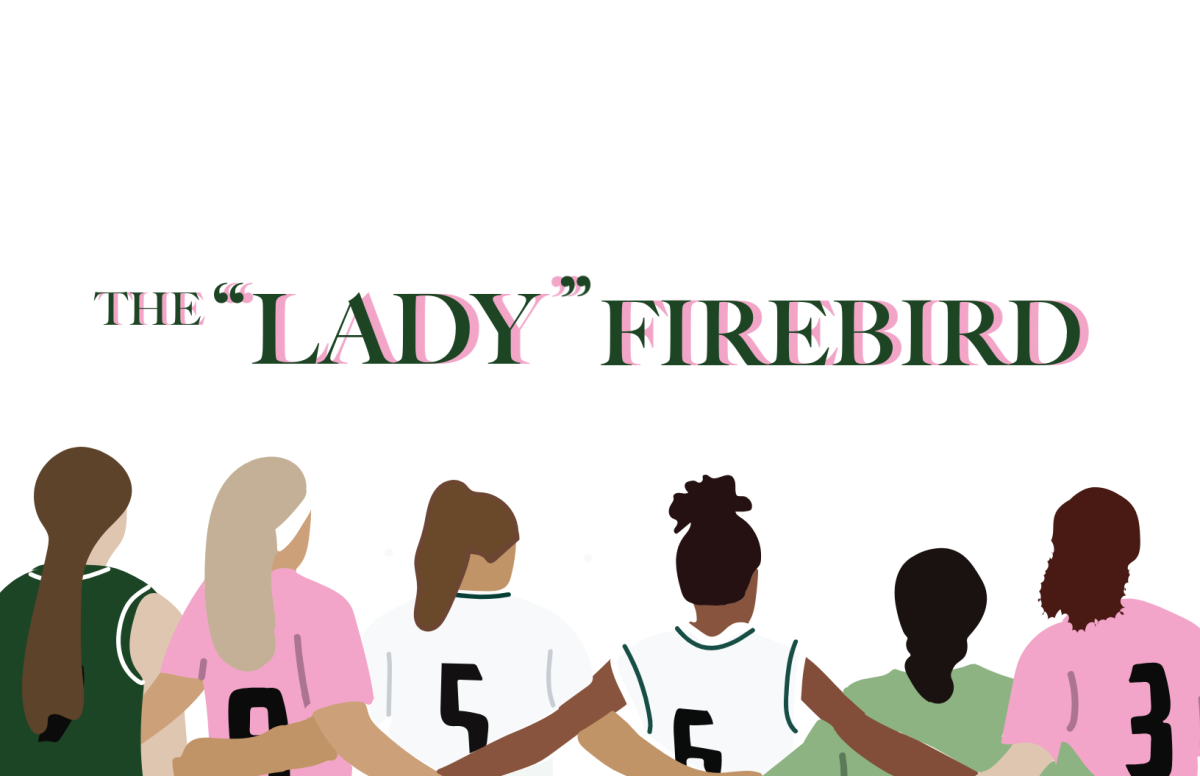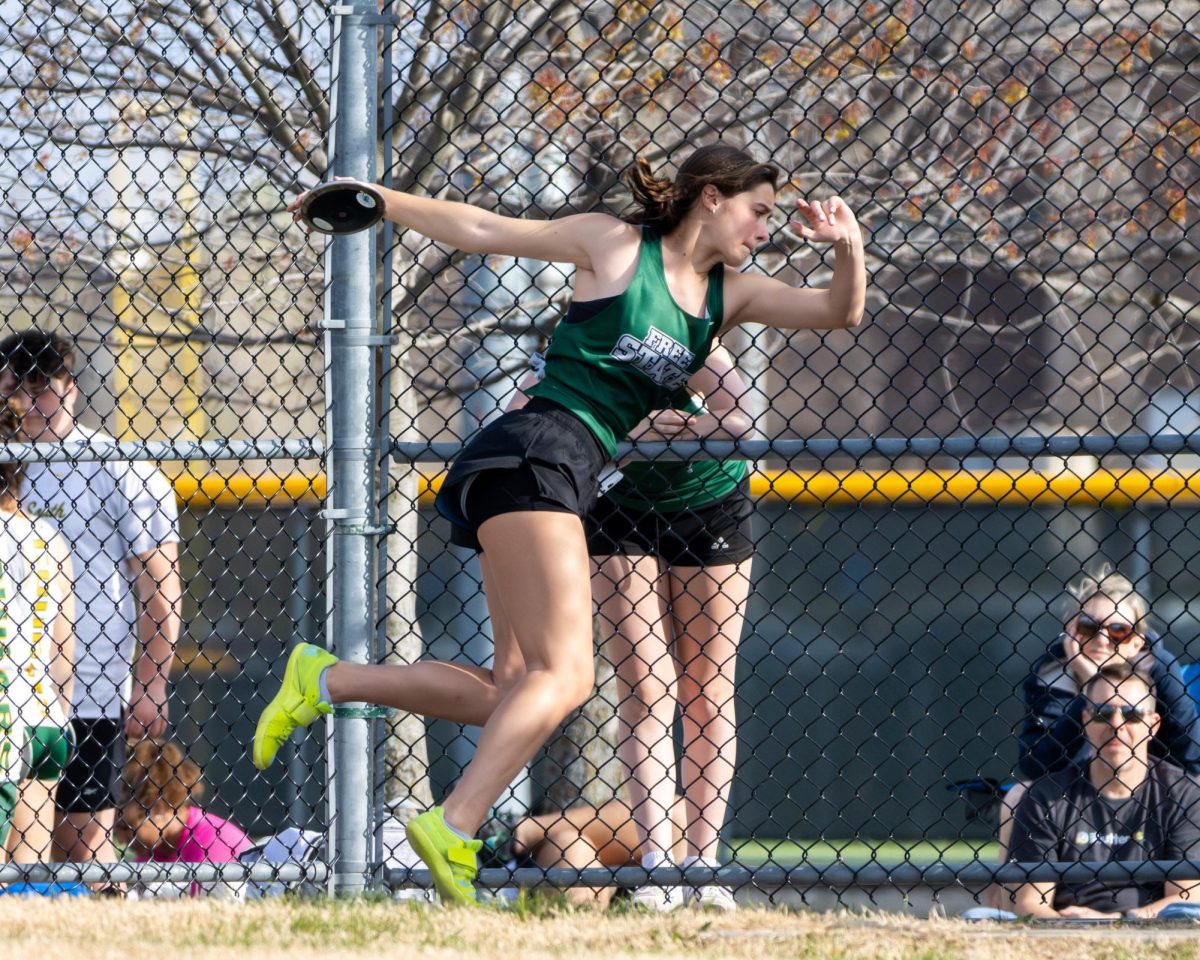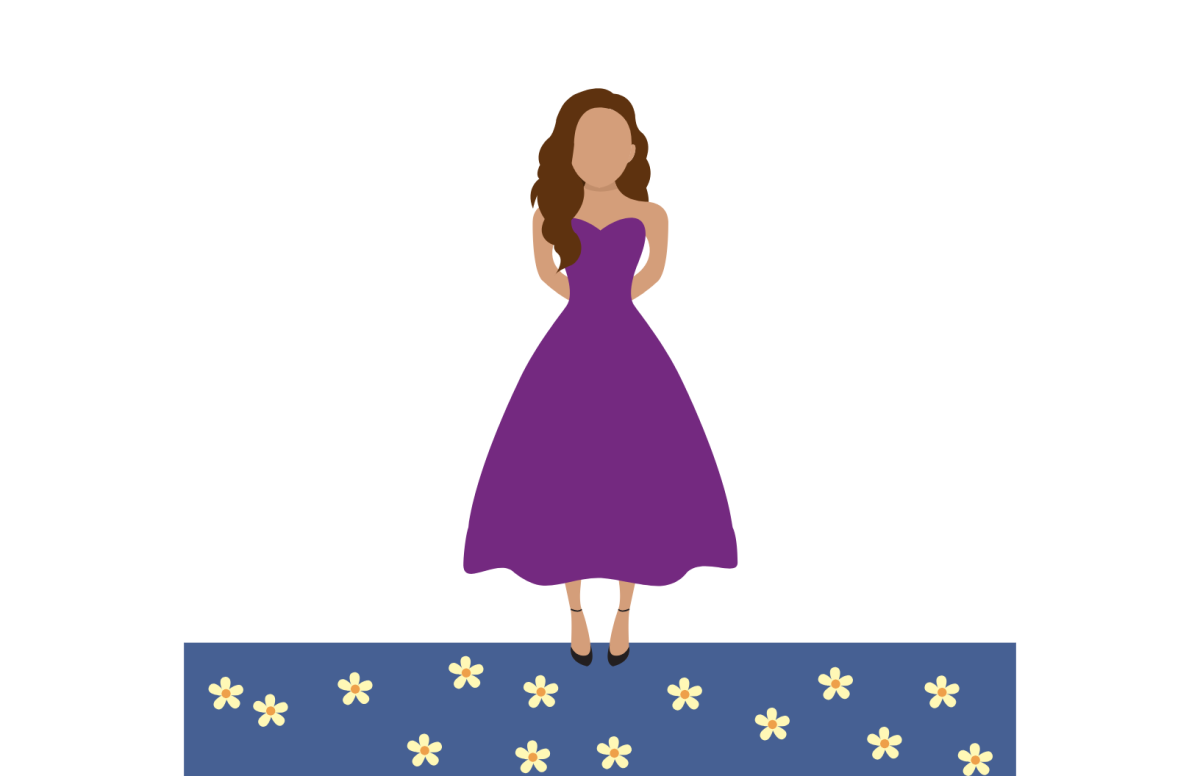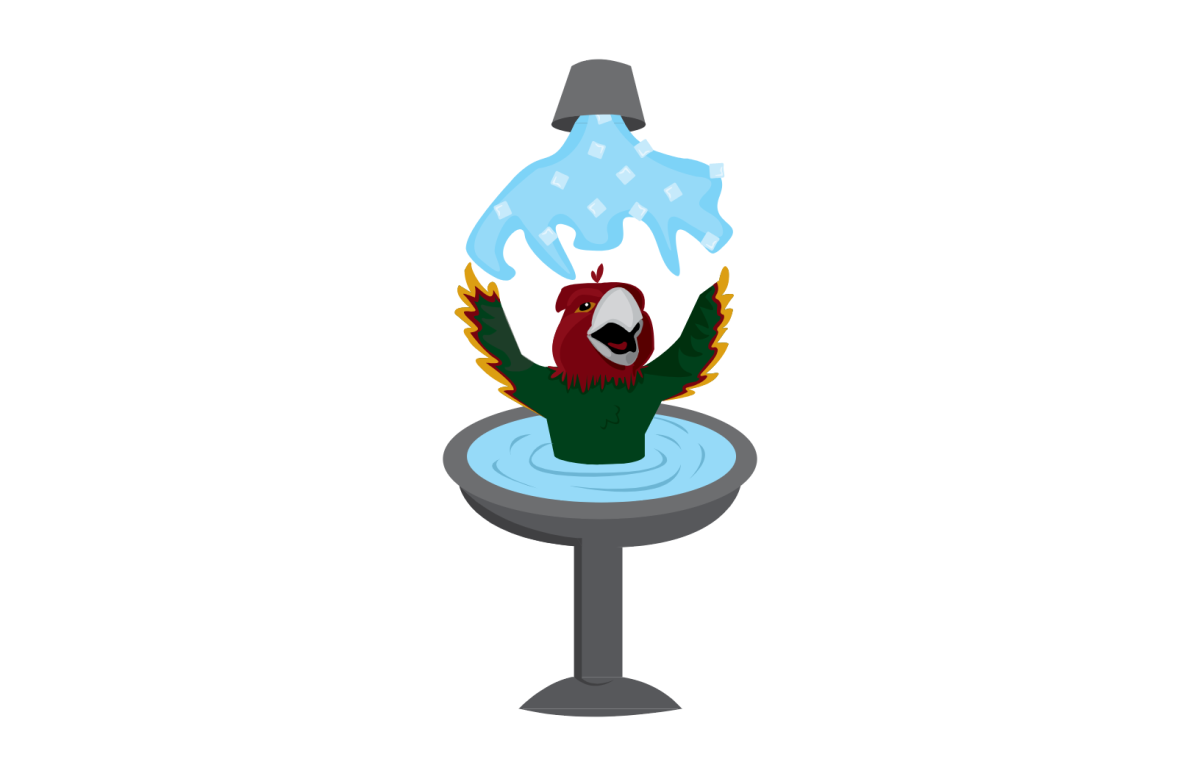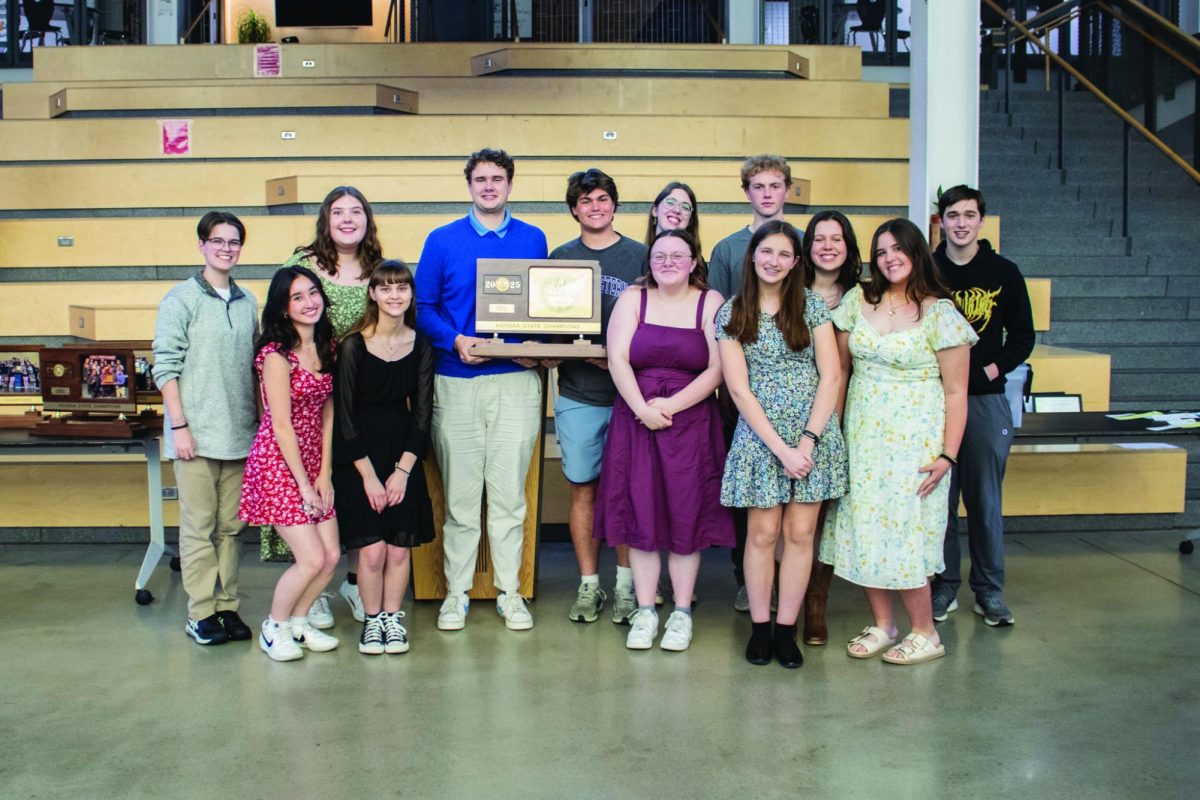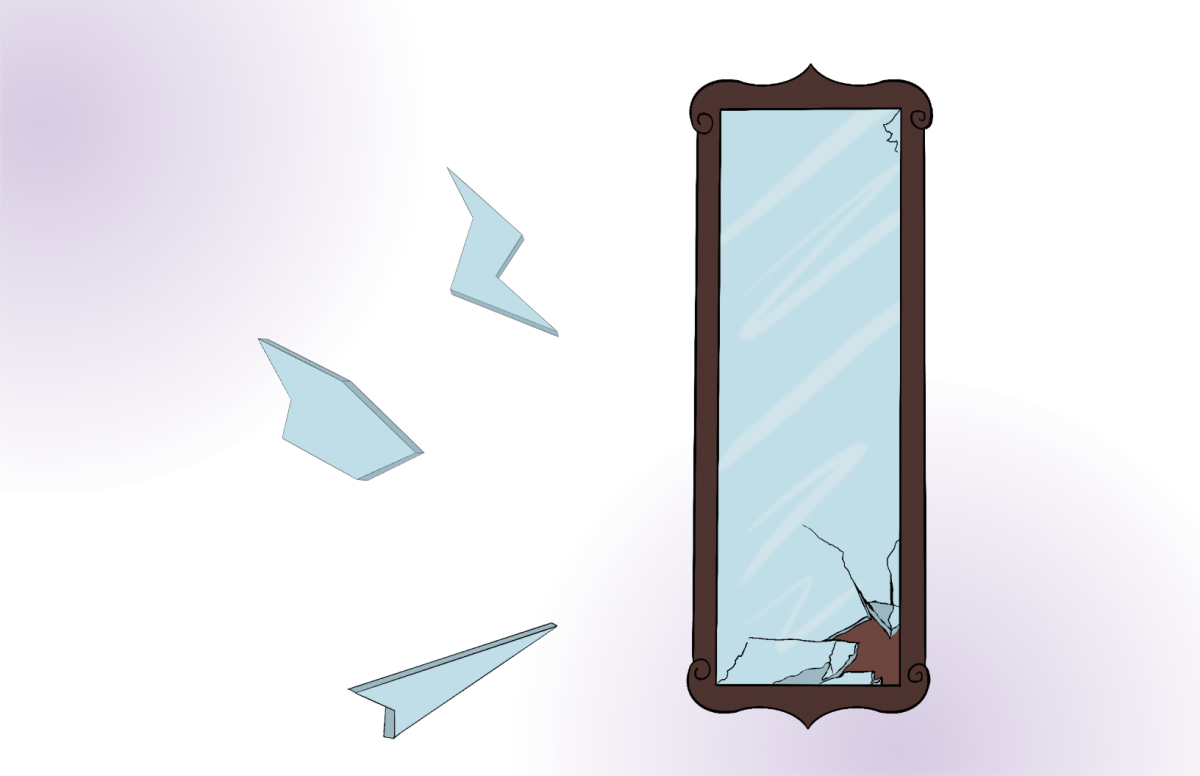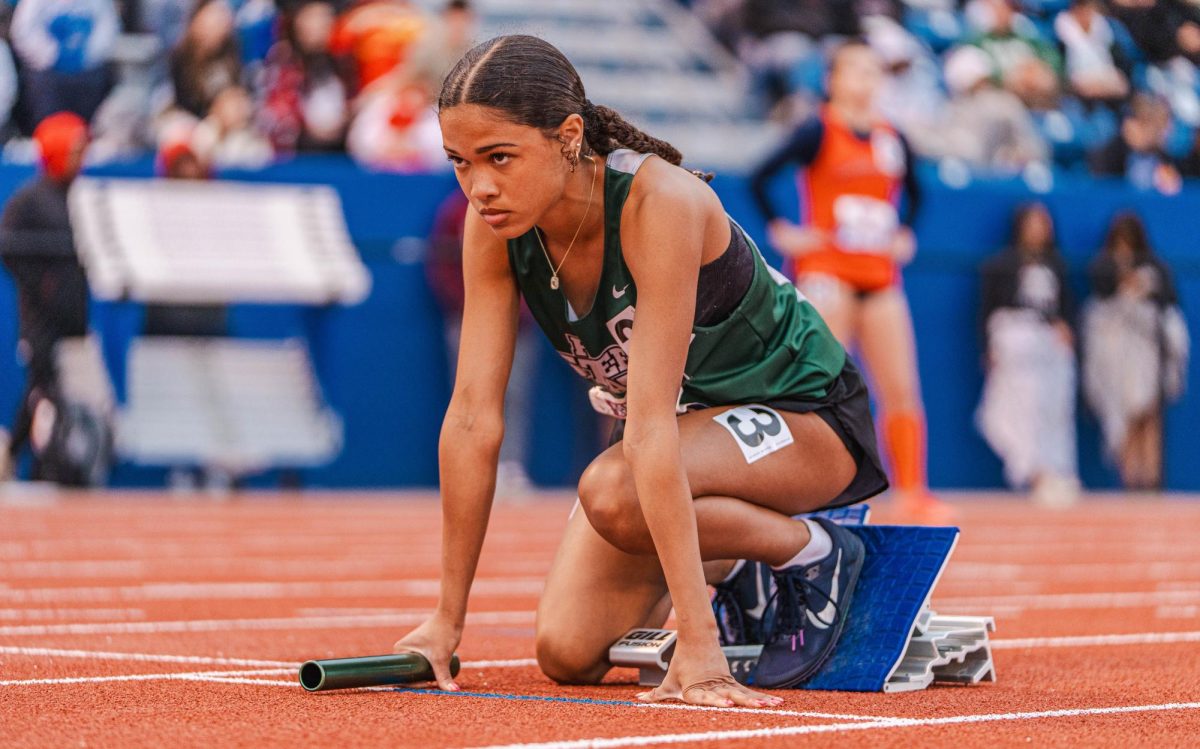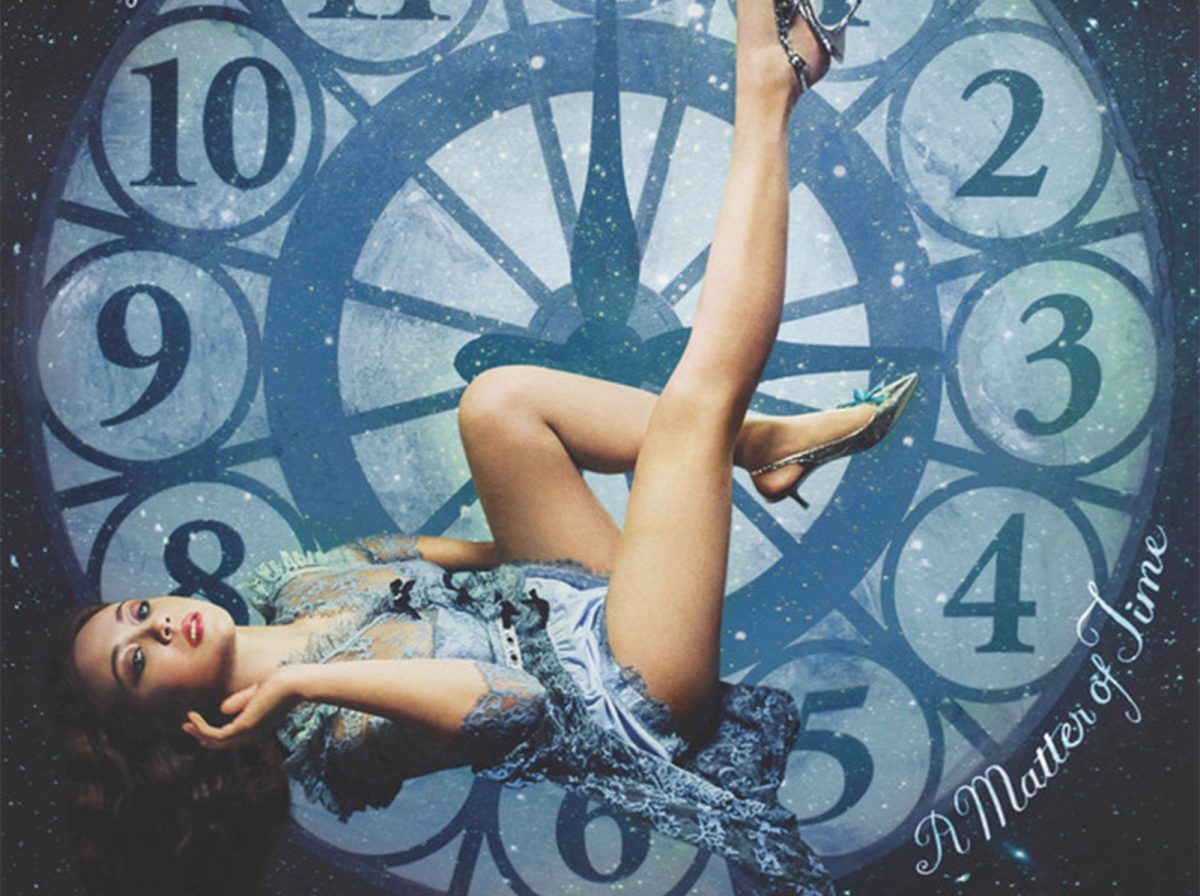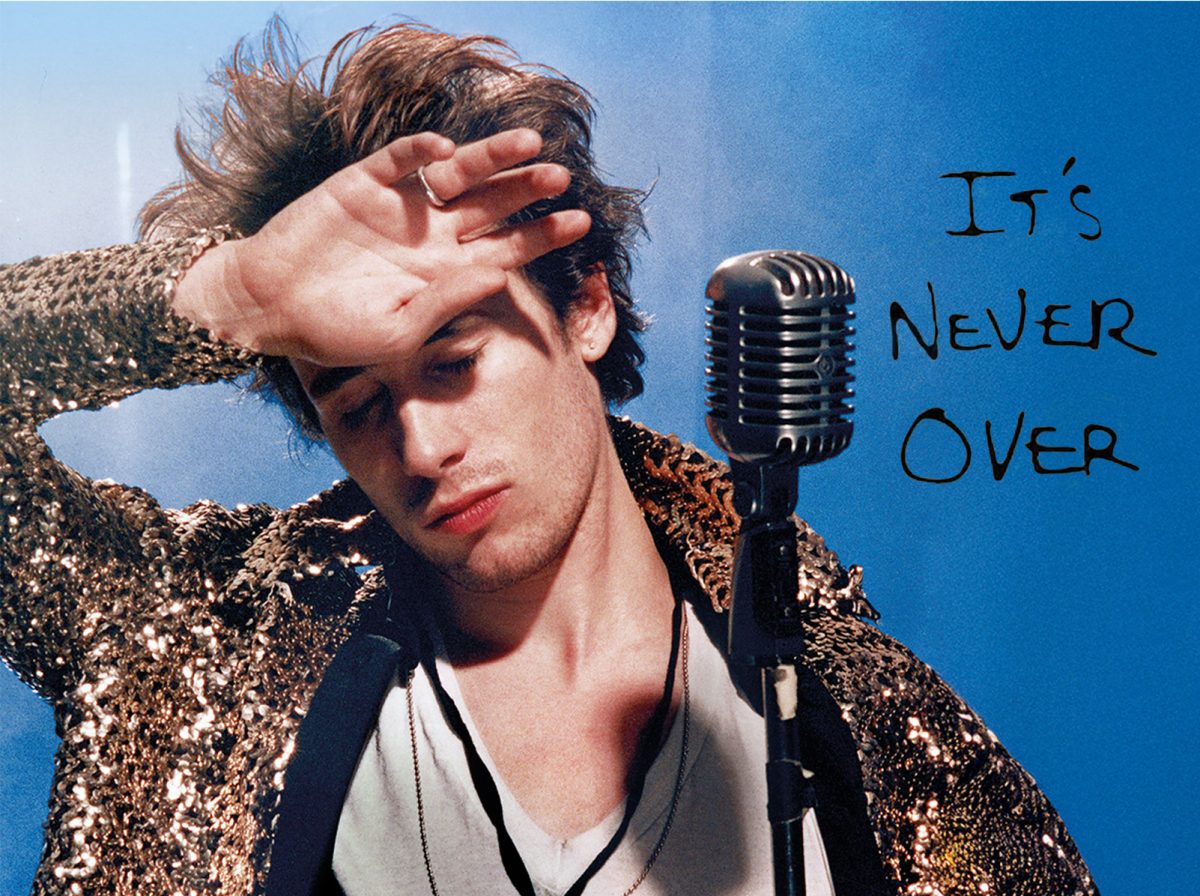While listening to the announcer list the roster of the boys soccer team, none of us can recall a time when the boys’ team was referred to as the “Gentleman Firebirds.” The same cannot be said for our girls teams. Have any of us taken the time to consider the implications of the term “Lady Firebirds?”
In recent years, announcers have started to refrain from referring to female athletes as the Lady Firebirds. However, scattered use of the term persists. While announcers becoming more conscientious of their language they use reduces immediate stigma, it’s not enough to just limit the use. Instead, we should eliminate the term altogether.
The distinction of female athletes validates the idea that men’s sports are the norm while women’s sports reside in a subcategory. This notion has no real validity as the teams are coached by the same staff, play on the same field, and put in the same effort; yet we still feel the need to differentiate one and not the other.
Ultimately, this seemingly insignificant distinction makes it harder for female athletes who are already on an uphill climb as a result of misogyny.
This trend extends past just high school athletics–professional sports leagues such as WNBA have names borrowed from the preexisting men’s league with ‘women’s’ tacked on to the front. Leagues favor this over creating a new acronym or modifying the men’s league name to specify that the athletes are men.
An even more egregious example of this is the Women’s Tennis Association, an international professional women’s tennis league and its male counterpart: the Association of Tennis Professionals. Rather than naming the leagues, Women’s Tennis Association and the Men’s Tennis Association, the real names imply that women aren’t professionals which ultimately downplays their athletic value.
While some don’t care about the underlying message of these names and acronyms, it fails to recognize that we don’t feel the need to specify within the names of the men’s leagues that it’s men who are playing. We just assume.
This assumption derives directly from century-old gender roles and misogyny; however, we as a society have revised countless previously formed ideas even within the issue of gender equality. It’s about time we revise this one too.
It’s hard to argue that women’s sports is still so revolutionary that we should always assume it’s men’s sports as the Title IX law–which prohibited sex-based discrimination in athletic settings of schools has surpassed 50 years of age.
Specification of the athletes’ gender isn’t inherently the problem as differences in the athletes’ physical attributes can lead to different styles and tactics of the game. According to the National Library of Medicine, in a study on the statistical differences between male and female soccer teams, data suggests that physical differences in athletes lead to a difference in technical characteristics and playing styles. For example, men generally perform longer passes and shoot from longer distances; while women show a better capability of ball recovery.
While there are fundamental physical differences, it does not reflect a difference in the athletes’ value, skill or dominance in relation to their counterpart that is implied when sports jurisdiction includes ‘women’s’ or ‘lady’ in the name and not ‘men’s’ or ‘boy’s’.
Despite these setbacks within the names, it is clear that women’s sports are already just as entertaining as men’s sports when given the same opportunities. According to ESPN Press Room, NCAA women’s basketball viewership has seen an overall 89% increase since the 2022 season.
Despite this shift in viewership and societal approval, women’s sports continue to be denied proper recognition. This only continues in the name “Lady Firebirds” or professional leagues that differentiate female athletes and not male athletes.
These names project a level of condescension onto the players and the league when one gender is specified while the other is not. More importantly, this affects the players’ views of themselves, particularly young female athletes.
One of the first steps we can take to a more equal and deserving representation of both genders is eliminating the term “Lady Firebirds” altogether.
If we’re going to differentiate one, we have to differentiate the other.



